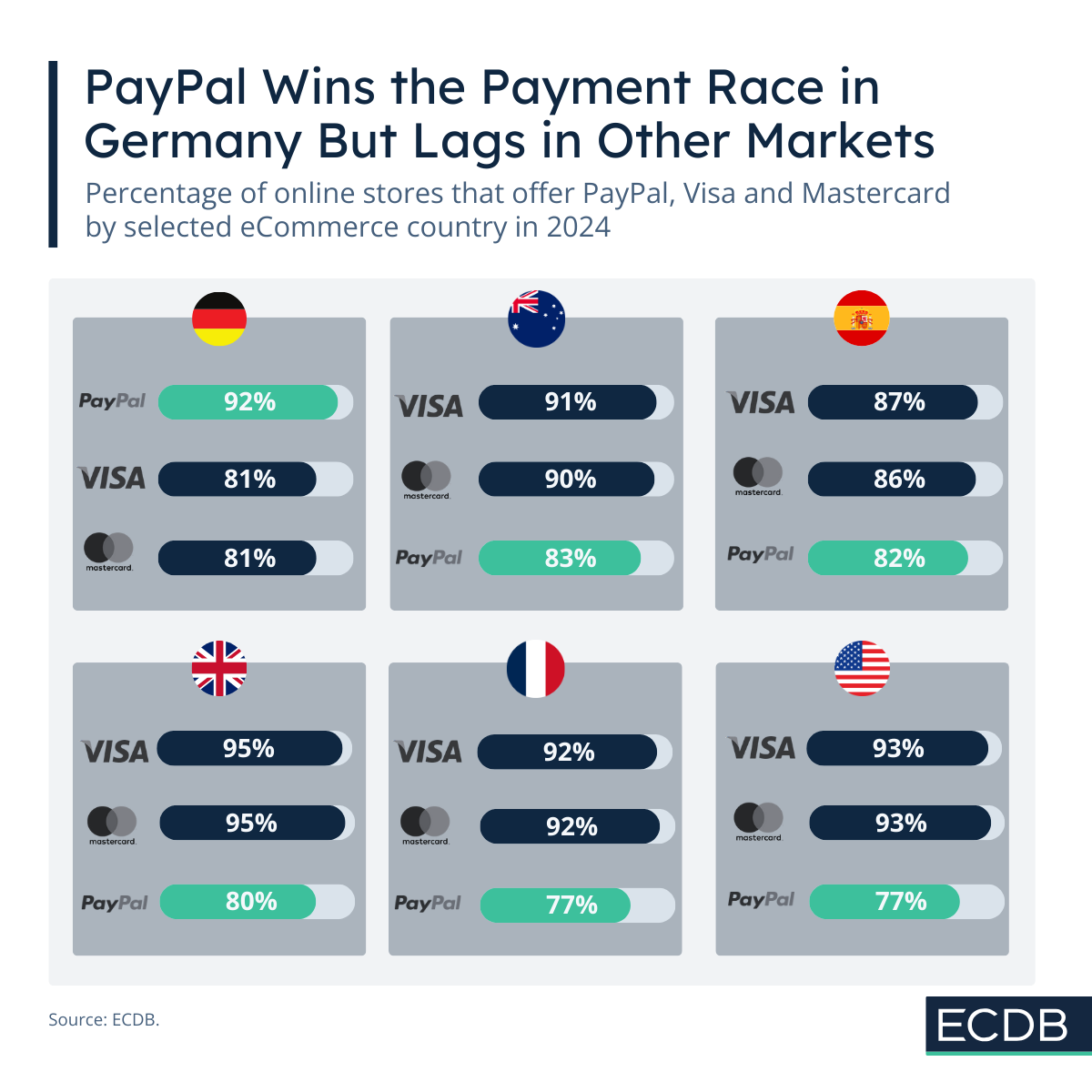
Blog
The ECDB Blog turns data from the Tool into eCommerce insights that illustrate which use you can make of our comprehensive data. It elaborates on relevant eCommerce news to help your brand gain a broader perspective on current retail trends and their effects. Our articles are carefully crafted to present to you the latest market trends, including retail, payment, shipping, transactions, cross-border and more.
Item 1 of 5
All Articles

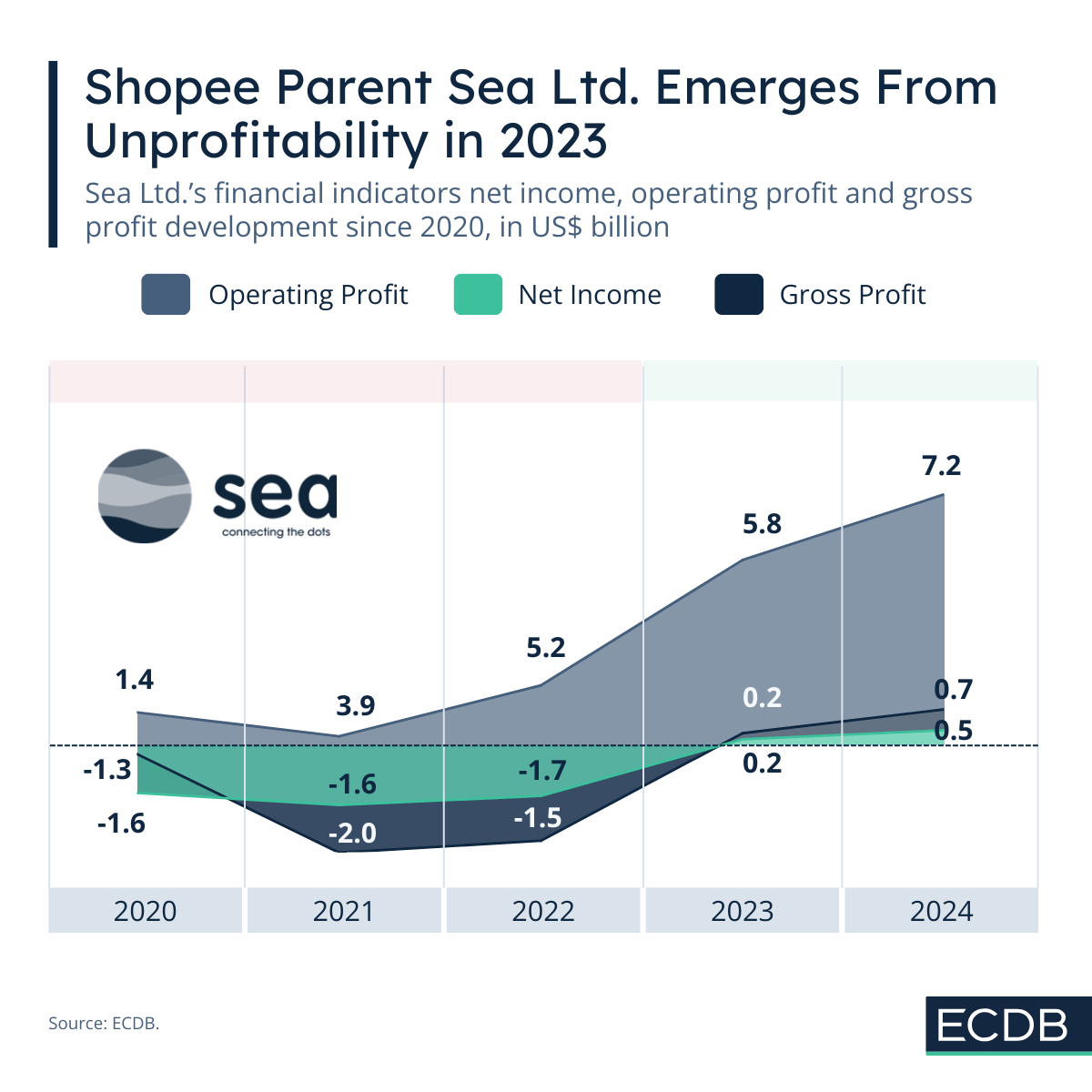
Sea Ltd. Prioritized Market Share Over Profitability
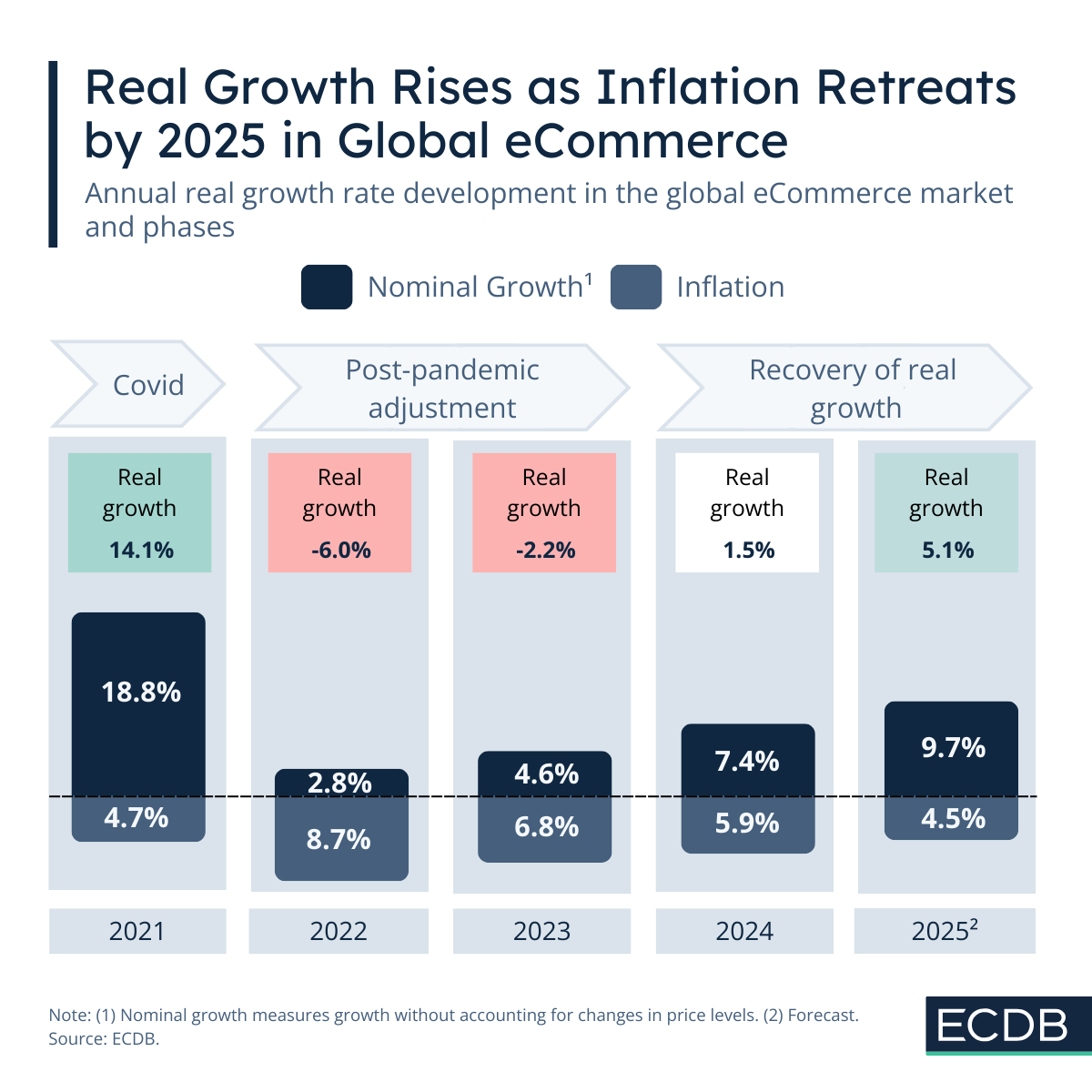
How Nominal Growth, Inflation and Real Growth Connect in World eCommerce
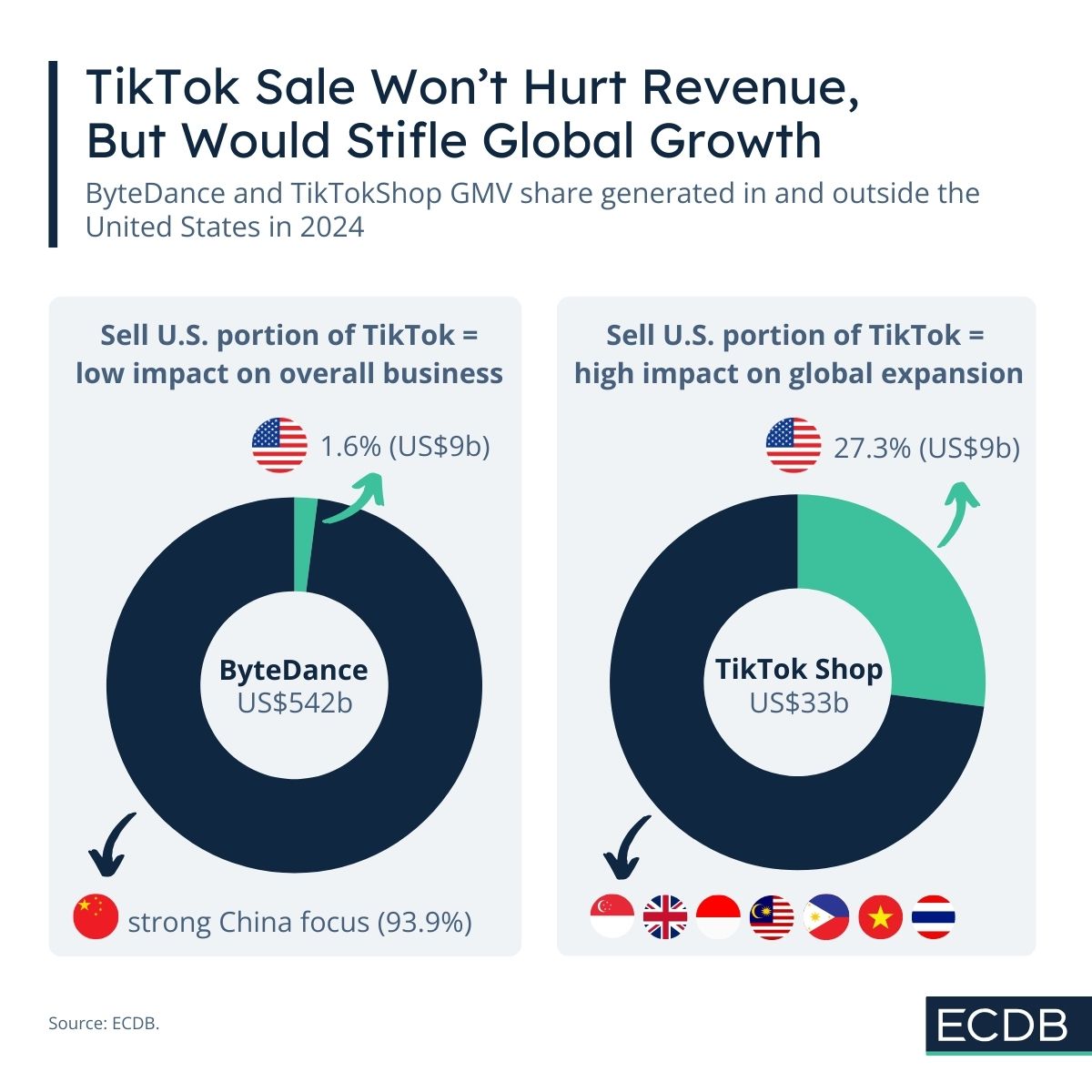
TikTok Shop in the United States – What Would Happen if the Company Sold TikTok?
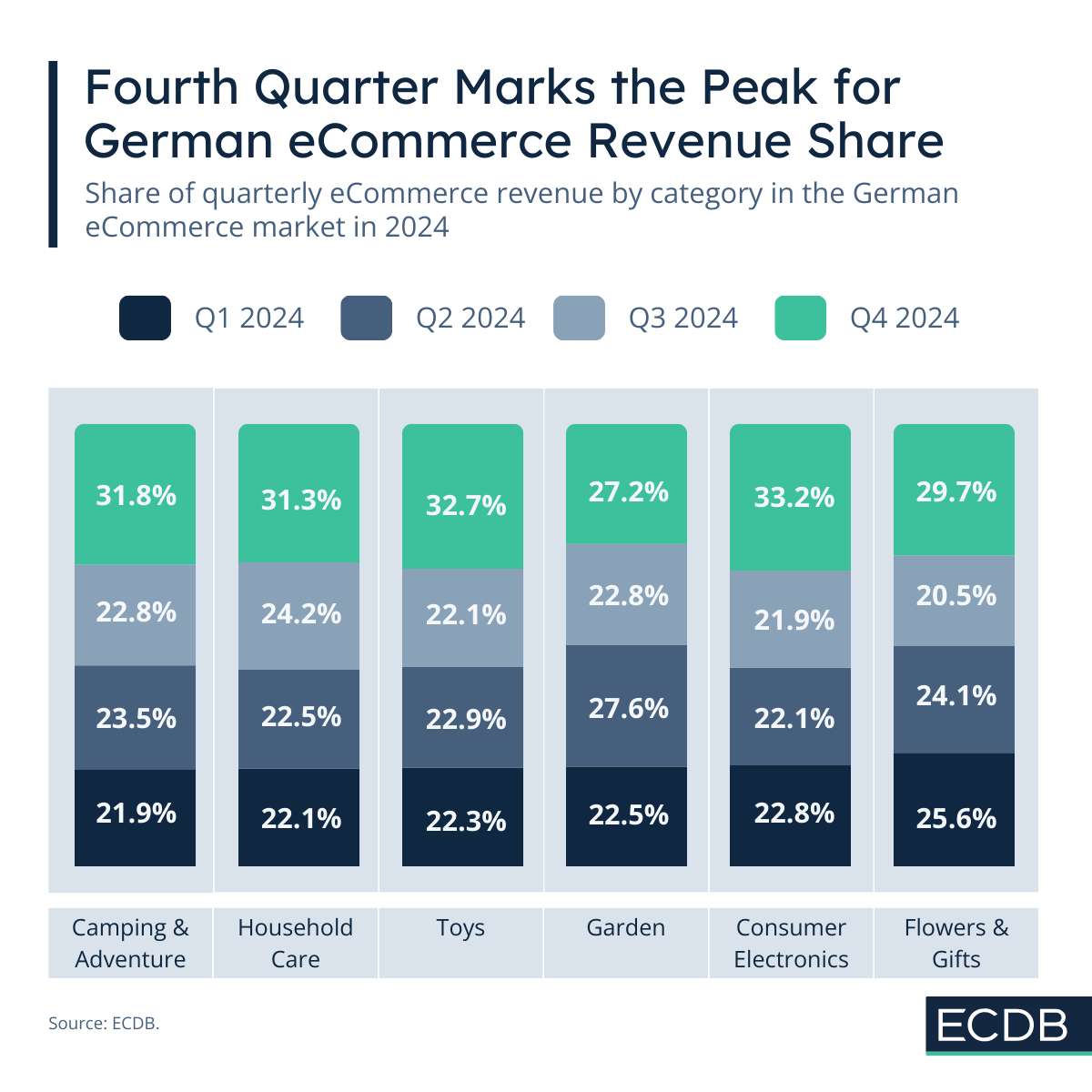
How Typical Consumption Patterns Develop Over the Course of a Year
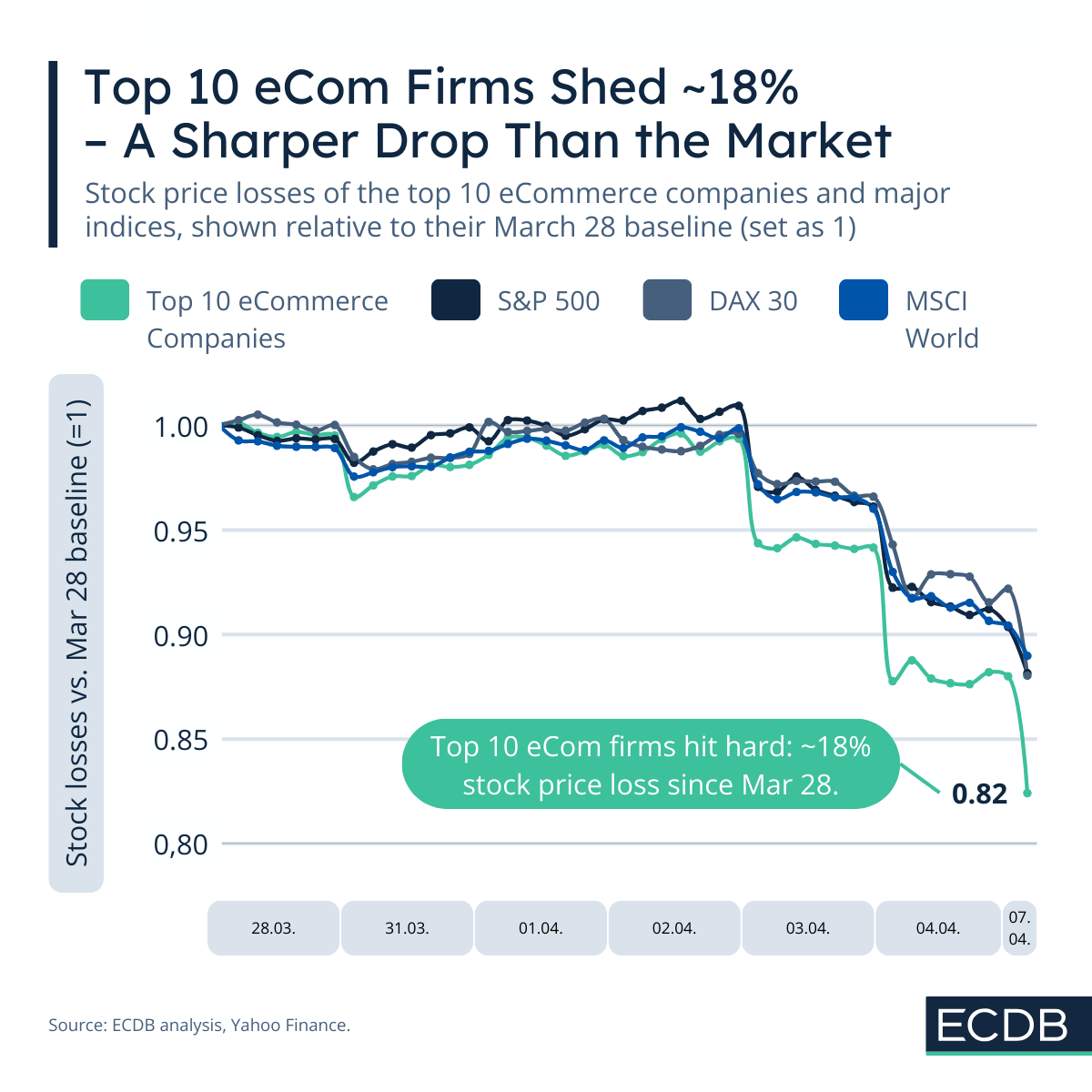
Stock Prices of the Top 10 eCommerce Companies Dropped by 18% Since March
Ready To Get Started?
Find your perfect solution and let ECDB empower your eCommerce success.